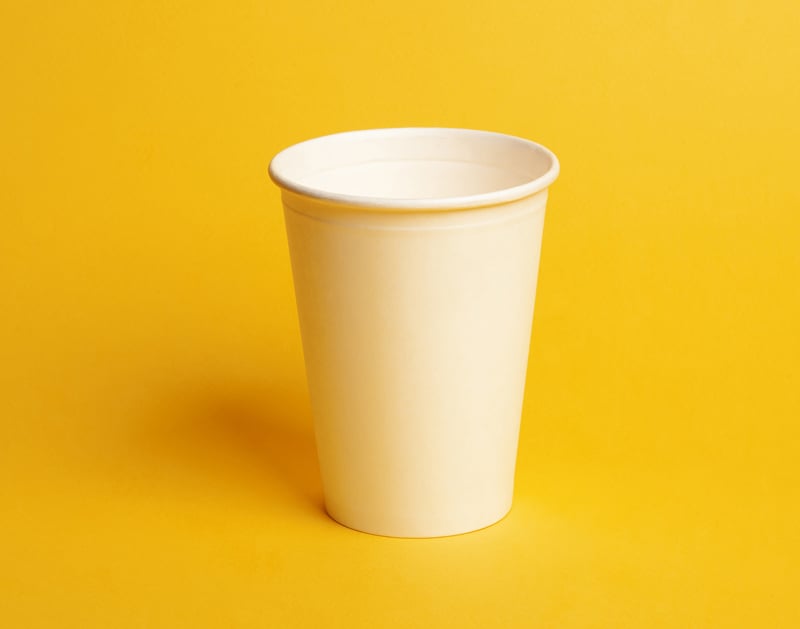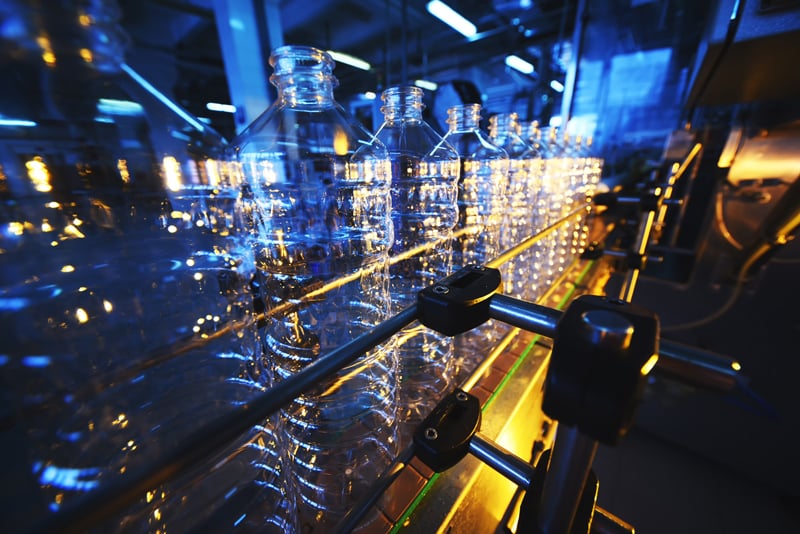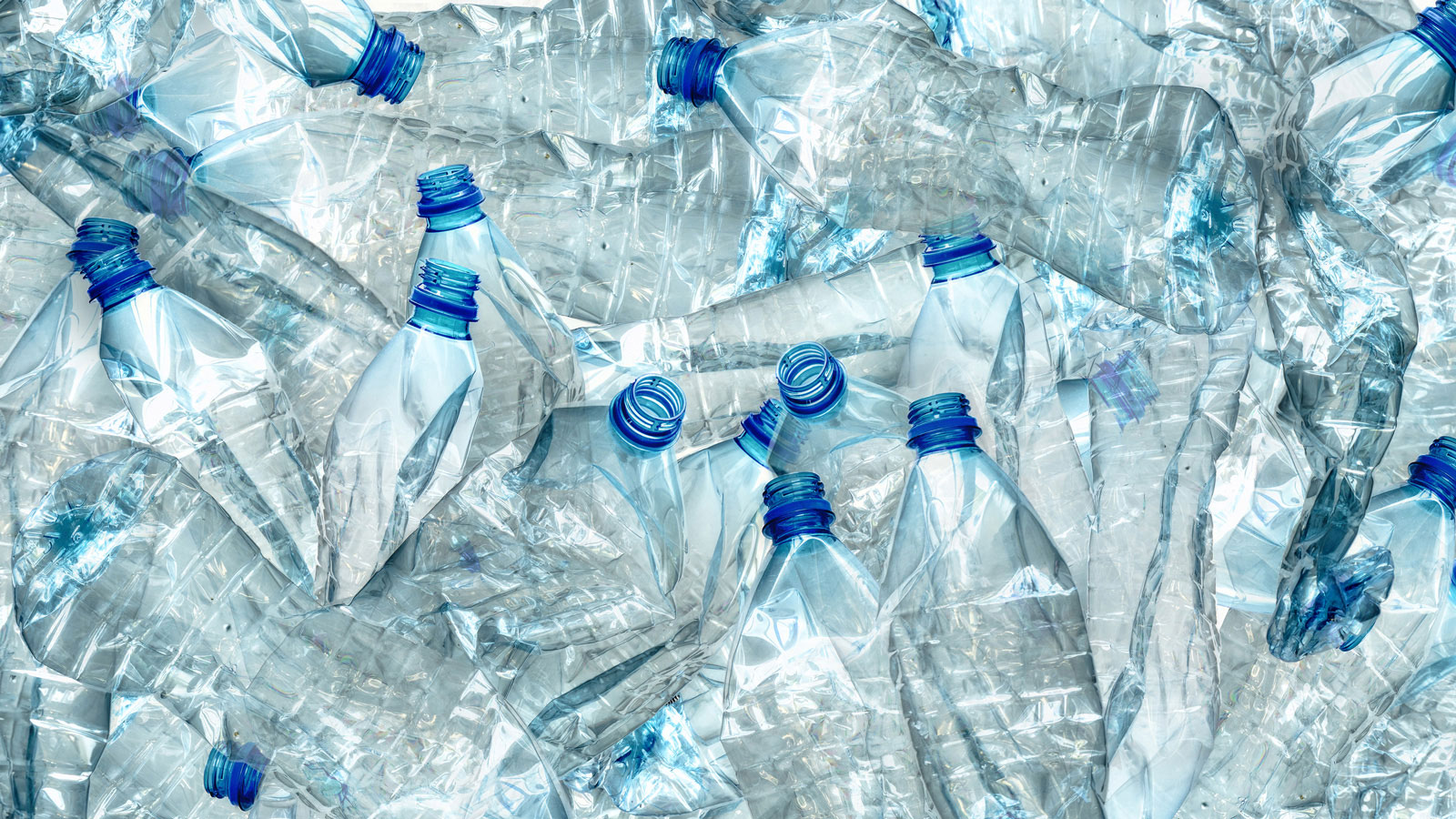The resource transition is taking place on several fronts. One of these is the transition from fossil to biobased raw materials. How does that work for plastic? The transition is challenging, but don't let its integrality keep you from taking action.
The aim of the resource transition is to use raw materials optimally and retain their value, in all links of the production chain, and preferably as sustainably as possible. Therein lies the complexity. A production chain has so many different links, the raw materials transition challenge has diverse perspectives and the entire life cycle of a product or material has to be considered; the raw materials transition is certainly not getting any easier.
Dilemmas on the way to circularity
For example, it can happen that you think you have solved a resource problem in a circular way, but that a number of links further down the chain, or from a different perspective, a new problem arises. Well-known examples are plastic straws and coffee cups. These are massively replaced by paper variants, but they often have a plastic coating. They therefore do not digest in the environment. Moreover, you have done nothing to reduce litter. And the behavior of the user is also a determining factor.

A good direction: from fossil to biobased
If you take into account the different perspectives of the resource transition and you realize that there is never one path to a circular solution, it is indeed possible to take steps in the right direction. One of those good directions is the switch from fossil to biobased plastic.
Plastic: a promising stream
Plastic is used for all kinds of applications. For example for the bumpers of a car, but also for all kinds of packaging material. Plastic has been proving its usefulness for years: by processing plastic in cars, they are lighter in weight, which means they require less energy. And by packaging food in plastic, it lasts longer and there is less food waste.
From 1% to 15% bioplastic
The majority of all plastic used in the Netherlands is produced new, based on fossil sources, i.e. oil. At present, about 9% of all plastics are recycled. And only 1% of the plastics are biobased, i.e. produced from sustainable sources, such as maize, sugar cane or potatoes, of course without harming food production. The Netherlands has set an ambitious target for circular plastic: by 2030, 40% plastic must be recycled, and 15% must be biobased. Research by CE Delft shows doubts about the feasibility of this ambition. The conclusion of the Delft research is that a percentage of 30% for recycled and biobased plastic is feasible. Perhaps even more if the natural resources are not used for the production of biofuel, but for biobased materials.

The limits of plastic recycling, biobased plastic is needed!
The potential of plastic recycling has limits. Not all demand for plastic can be met with fully recycled plastic. After all, the quality of plastic deteriorates as a result of recycling. Up to 40% of the demand for plastic can be met with recycled plastic. The rest will still have to be produced new, preferably biobased.
Design for recycling, refill trend and packaging-free supermarkets
Of course, there are also other ways to reduce the proportion of fossil-produced plastic. For example, to design products in such a way that they are extremely suitable for reuse: design for recycling. Another way is to let consumers bring their own packaging and have it refilled or refilled. A Dutch supermarket recently opened its first shop with a range of seventy packaging-free products. Online supermarket Pieter Pot is virtually packaging-free and the sustainable and sympathetic trolleyPotjes en Deksels drives through South Holland. The international companyLoop supports companies to reuse their packaging. The question remains how the entire chain is organized and how often a packaging is actually reused.
Factories for bioplastics
At the moment, the market for biobased fuels in particular is developing strongly. This is even less true for biobased materials such as plastic. Nevertheless, there are already various developments in this area in the Netherlands. For example, waste processor and energy companyHVC has opened a pilot plant in Dordrecht where bioplastic is made from the bacteria in the waste water. In Delfzijl, Avantium is building abioplastic factory that makes plastic from sugar and wood waste, among other things.
Richer range of bioplastic materials and products
With the growth in the share of bioplastics produced, the range of products with processed bioplastics is also growing. For example, the share of bioplastic in PET bottles is increasing. Supermarket chains also use bioplastics for their packaging. The logistics sector and the large e-commerce companies are also seeing an increase in the demand for sustainable packaging. In addition, there are now also hard plastics, such as bumpers, made of bioplastic on the market. For this type of hard plastic with a long lifespan, the emphasis is mainly on smart design for reuse.
From fossil to biobased with Milgro
Insight into the raw materials flows within your company is a crucial step in theresource transition. Optimal processing options can be devised with insight into the different streams of plastic, including bioplastic. More circular choices can also be made, such as the switch from fossil to biobased. Milgro supports organizations in getting a grip on their raw material flows.
About Milgro
Milgro's mission is to integrate natural capital management into organizations' business operations in order to accelerate the transition to a circular economy. We realize this mission by applying our proven technology, methodology and approach. The result is profitable sustainability: earth & earn together.
Want to stay informed?
We regularly publish articles and blogs about natural capital, the circular economy and sustainable waste and resource management. To stay informed? Follow us on LinkedIn.










